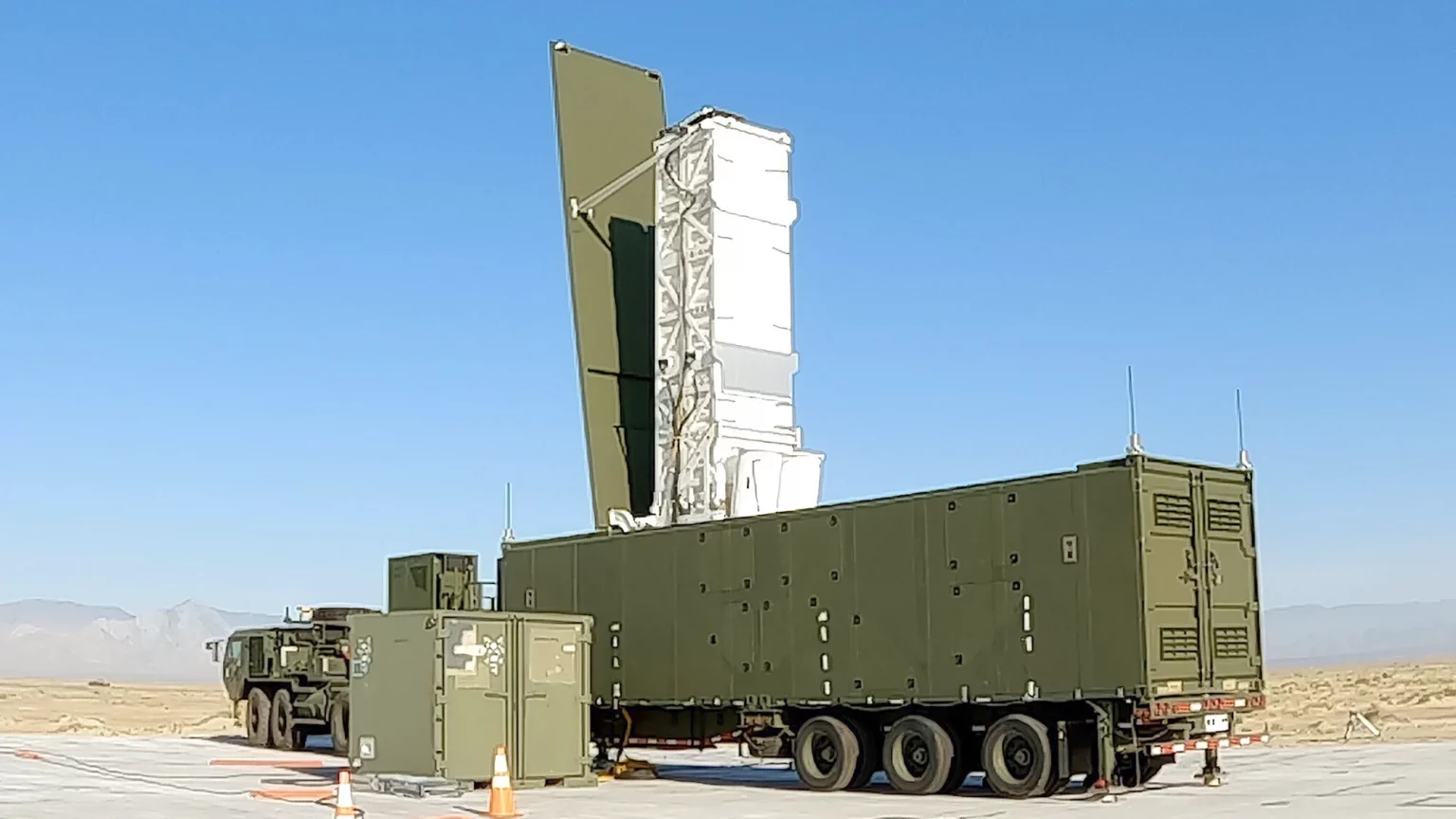Japan signs contract to develop hypersonic missile interceptor
2 November, 2024 A 3D model of the future Glide Phase Interceptor (GPI) hypersonic missile interceptor. Image credits: Northrop Grumman The Ministry of Defense of Japan has signed a contract with Mitsubishi Heavy Industries for the supply of hypersonic interceptor missile parts.
This was reported by the Ministry of Defense of Japan. This contract was signed as part of a joint agreement between Japan and the United States to develop the Glide Phase Interceptor (GPI) anti-aircraft missile, which began this year. "The implementation of GPI will fundamentally strengthen Japan's integrated air and missile defense capabilities, and will contribute to the deterrence and response capabilities of the U.S.-Japan alliance.
The Ministry of Defense will work closely with the U.S. Department of Defense to ensure the success of this joint development and will make every effort to strengthen the alliance through joint development," a representative of the Japanese Ministry of Defense stated in a press release.
Joint development program
The joint development agreement was signed in May 2024 and will have a development budget of more than £3 billion. The Japanese government has already included JPY 75 billion (£480 million) in its 2024 budget for the development of a new missile.
The contract signed with Mitsubishi is worth JPY 56 billion (£366 million) and is expected to be completed in March 2029. As part of the joint development, the two countries decided to base the project on the design proposed by the American corporation Northrop Grumman. Northrop's new anti-aircraft missile project has beaten its competitor Raytheon.
Since 2022, both companies have been developing their own interceptors under the GPI program after Lockheed Martin withdrew from it. Under the program, both countries will share funding and development of elements. The United States is responsible for developing the guidance head, communications, warhead body, second stage engine, and launch booster.
Japan is responsible for the development of the first and third stage engines and the fairing for the homing head. The carriers of the advanced anti-aircraft missiles will be warships and, in particular, Arleigh Burke-class destroyers, as well as Typhon mobile missile systems.
 Launch of a Tomahawk cruise missile by the Typhon ground-based system.
Launch of a Tomahawk cruise missile by the Typhon ground-based system.
Photo credits: US Army
It is known that the anti-missile will be integrated into the Aegis combat information and control system of the Baseline 9 version and Mk.41 VLS ship launchers.
Based on its parameters, it can be concluded that the missile will be no longer than 7 meters long and 1 meter wide.
According to company representatives, Northrop's interceptor design includes an active guidance system for a direct hit-to-kill kinetic strike.